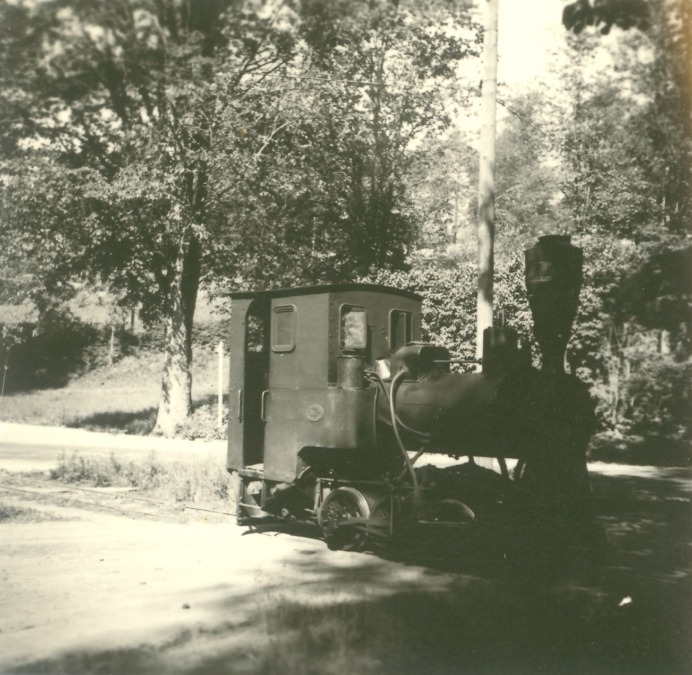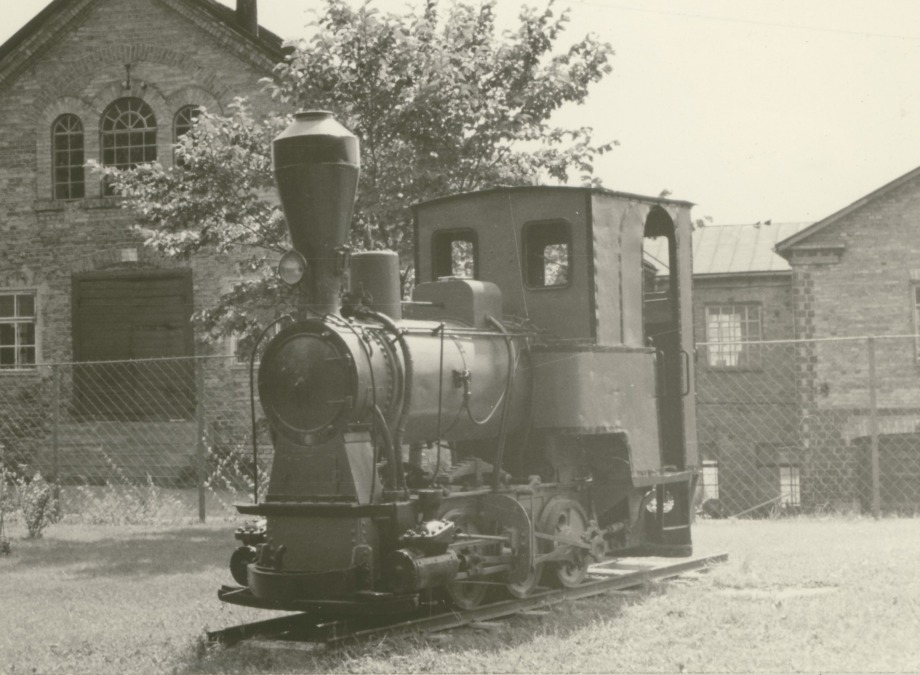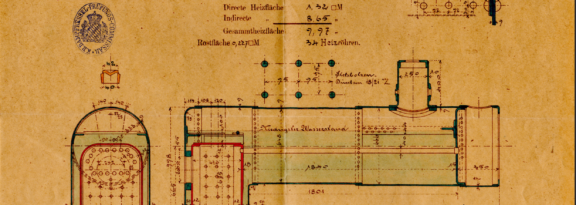Pikku-Pässi’s manufacturing number is 2517/1891, although it was built as early as 1890. Its track gauge is 750 mm, and it weighs less than 6 tons. The locomotive was capable of reaching speeds between 15 and 20 km/h. Pikku-Pässi measures 4.4 meters in length, 1.4 meters in width, and its height from the rail to the top of the boiler is 3.1 meters. Despite its small size it was capable of hauling a load of approximately 90 tons.
The locomotive had a relatively small water tank, which meant that refilling was sometimes necessary during the journey. One of the locations where water was collected was from a nearby marsh called Borgbyträsket.
Pikku-Pässi is of the Cn2t type, meaning it has three pairs of driving wheels but no leading or trailing wheels. The wheel arrangement is classified as 0-6-0. The steam engine features two cylinders and generated a steam pressure of 11 atm, equivalent to 30 horsepower.
It operated with wet steam, and its firebox area measures 9.97 m². Before the locomotive could be set in motion, it required approximately one hour of firing.

Table of Technical Specifications for Pikku-Pässi
| Year of Manufacture | 1890 |
| Manufacturing Number | 2517/1891 |
| Manufacturer | Krauss & Co., Munich, Germany |
| Importer | Axel von Knorring’s Technical Bureau |
| Locomotive type | Cn2t, Model Designation IV zz |
| Weight | under 6 tons (locomotive 4.5 t + max. 1.5 t water) |
| Hauling Capacity | approx. 90 tons |
| Steam Pressure | 11 atm |
| Boiler Volume | 0,6 m³ |
| Steam Enginge | Wet steam, two cylinders |
| Firebox area | 9,97 m² |
| Power Output | 30 hp |
| Speed | 15-20 km/h |
| Track Gauge | 750 mm |
| Wheel Arrangement | 0-6-0, three pairs of driving wheels |
| Track length | approx. 5.5 km |
| Wagons | Tipper wagons & open freight wagons |

In 1898, a headlight was ordered for the locomotive, allowing Pikku-Pässi to operate even after nightfall. Knorring’s order book from October 1898 records the purchase of “1 locomotive lamp.” It is likely that Pikku-Pässi was indeed used at night, as Fiskars Company’s draisine (a handcar or railbike) regulations from 1908 state that “the draisine is not to be loaned after nightfall if the train is on the track.”
Due to insufficient and inexperienced maintenance, the boiler tubes of Pikku-Pässi had to be replaced more frequently than usual for steam locomotives. By 1908, a completely new boiler was ordered from Krauss.
